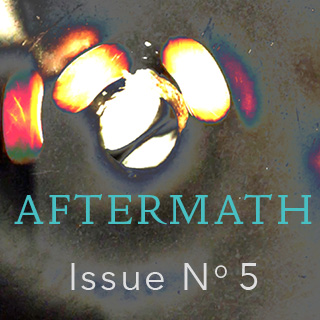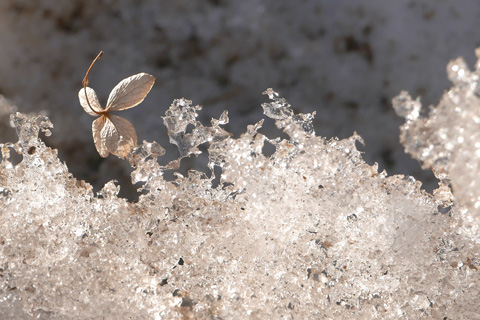As a US Army medical evacuation helicopter pilot in 1969-1970, during the Vietnam War, I witnessed accidents, woundings, and deaths of soldiers, civilians, and children in nearly every way imaginable. As has been the case for soldiers in previous wars, such chaotic scenes, tragedies, and confrontational experiences are something I can’t expunge from my memory bank…even 46 years later.
Combat is an extraordinary setting for issues of the heart. The stakes are immense while attempting to survive moment by moment in a brutal and unforgiving landscape of perpetual terror, blood, and devastation. Everyone involved is under a massive level of stress. It’s human drama at its zenith.
I lived through having seven UH-1H (“Huey”) helicopters shot up by enemy fire, crewmembers wounded, and being shot down twice in one year while completing 987 medevac missions for over 2,500 patients from both sides of the action. What remains with me to this day, and every day, is the randomness of death that encompassed that incomprehensible world. When I faced termination from life, and was forced to view these intimidating spectacles—front row and center—it had a tendency to focus and command my attention. These heartrending scenes will haunt me as long as I have breath.
Through the succeeding years, my combat involvement has led me to ponder two unanswerable questions: Why am I still alive? Why did all those others die and not me? Those who have tasted the bitter cup of combat understand that you never knew how it was going to end. When it was over, I carried bloody and disturbing images home like a backpack stuffed full of C-4 plastic explosives with attached detonator caps primed to go off.
Death in combat was like a fire. Those who stood the closest endured the most heat. I watched so many become wounded and die in a variety of brutal ways. They have become fractured moments that often stalk my seared soul in living color. Nightmares harassed me, even decades later, like a concert orchestra in maximum fortissimo and commanded my attention in macabre reruns. “Flashback” moments still occur when sleep remains unsafe.
Some of the things I was forced to watch and experience would be unfit for reading about in a dungeon by candlelight. And I’ve discovered that the sights, sounds, and smells of war may never disappear. Yet I’ve been granted a special loan called “time” which I must make effective use of for the sake of patients and comrades who cannot share this same benefit. My duty now is to live the best I can for those who no longer have a voice. It’s the greatest honor I can provide to them.
Life after combat has been like climbing to the top of a roller coaster. This resulted in a lot of ups and downs. Sometimes I even got turned upside down. Yet there is nowhere to go but forward. So I’ve learned to hang on tight and try to enjoy the ride for as long as it lasts.
Robert Robeson
Lt. Col. Robert B. Robeson, (USA Retired) has been published 880 times in 320 publications in 130 countries. This includes the Reader’s Digest, Frontier Airline Magazine, Vietnam Combat, Official Karate, Positive Living, and Newsday, among others. He’s a life member of the National Writers Association, VFW, Dustoff Association, and Distinguished Flying Cross Society. He served 19 years as a helicopter pilot in Army Aviation and over 27 years in his military career on three continents. After his military retirement, he served as a newspaper managing editor and columnist. Robeson has a BA in English from the University of Maryland-College Park and has completed extensive undergraduate and graduate work in journalism at the University of Nebraska-Lincoln. He’s also been featured in over 50 book anthologies. He lives in Lincoln, Nebraska, with his wife of 47 years.
READ THE REST OF ISSUE NO. 5.
CONTENTS
Editor’s Note
Aftermath Stories
Leave Your Drawings in this House
Fandanguillo
The Enormity




